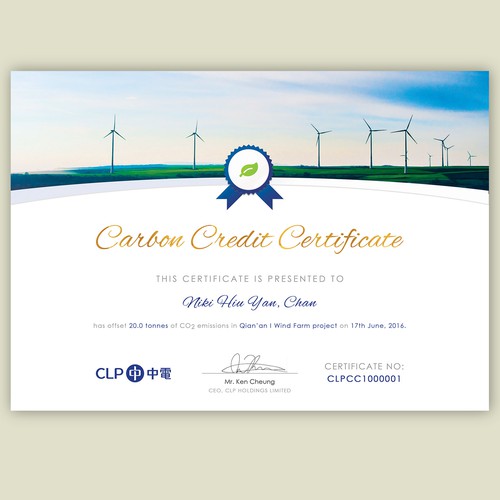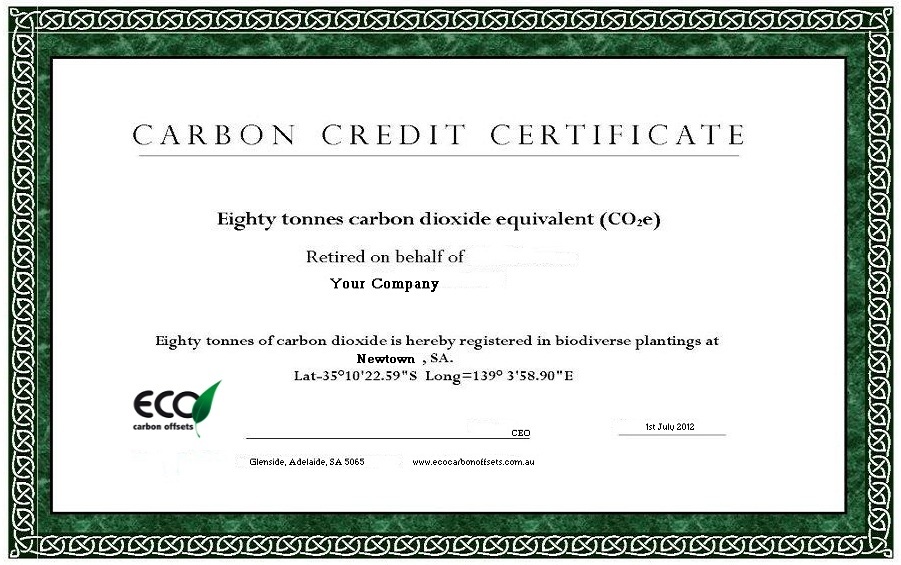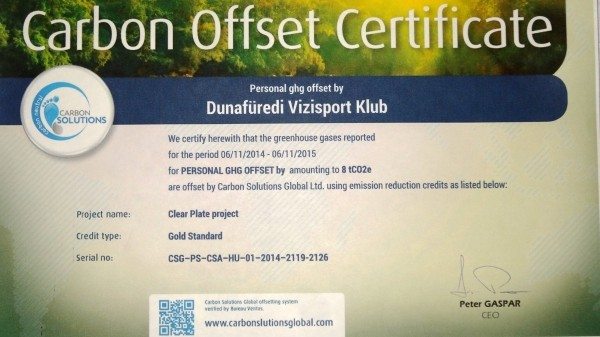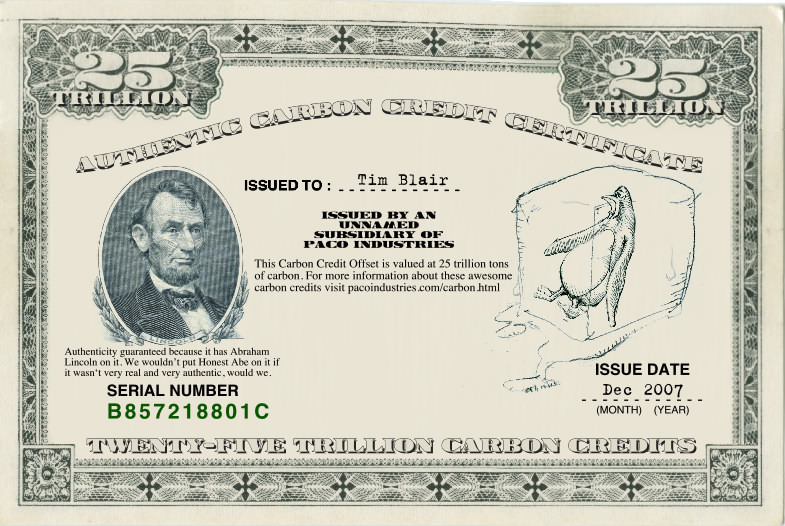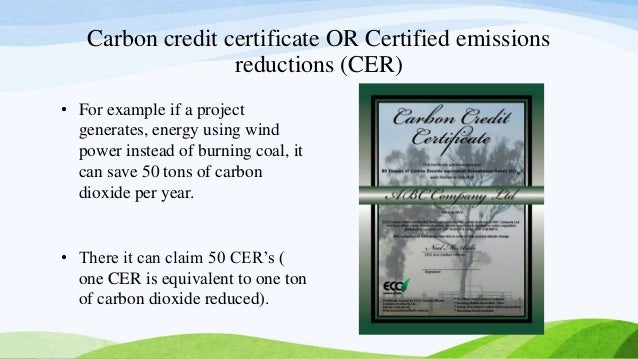Carbon Credit Certificate

A rec represents the renewable component of one megawatt hour mwh of electricity generated from an acceptable or predefined clean renewable source.
Carbon credit certificate. Carbon credits renewable energy certificates recs what are they. A carbon credit represents one metric ton of co2e emissions avoided from an emission reduction project. The main difference between renewable energy certificates vs. A carbon credit certificate is a certificate that gives a company the right to release one ton of carbon dioxide emissions per one ton of carbon dioxide emissions reduced.
A carbon credit is a generic term for any tradable certificate or permit representing the right to emit one tonne of carbon dioxide or the equivalent amount of a different greenhouse gas tco 2e. The ultimate goal of carbon credits is to reduce the emission of greenhouse gases into the atmosphere. Recs work essentially the same way as carbon offsets. The main goal for the creation of carbon credits is the reduction of emissions of carbon dioxide and other greenhouse gases from industrial.
The credit limits the emission to a mass equal to one ton of carbon dioxide. Recs do not represent the electricity itself the electricity is. A carbon credit is a tradable permit or certificate that provides the holder of the credit the right to emit one ton of carbon dioxide or an equivalent of another greenhouse gas. Instead of offsetting carbon recs offset kilowatt hours.
A carbon credit is a permit or certificate allowing the holder such as a company to emit carbon dioxide or other greenhouse gases.


